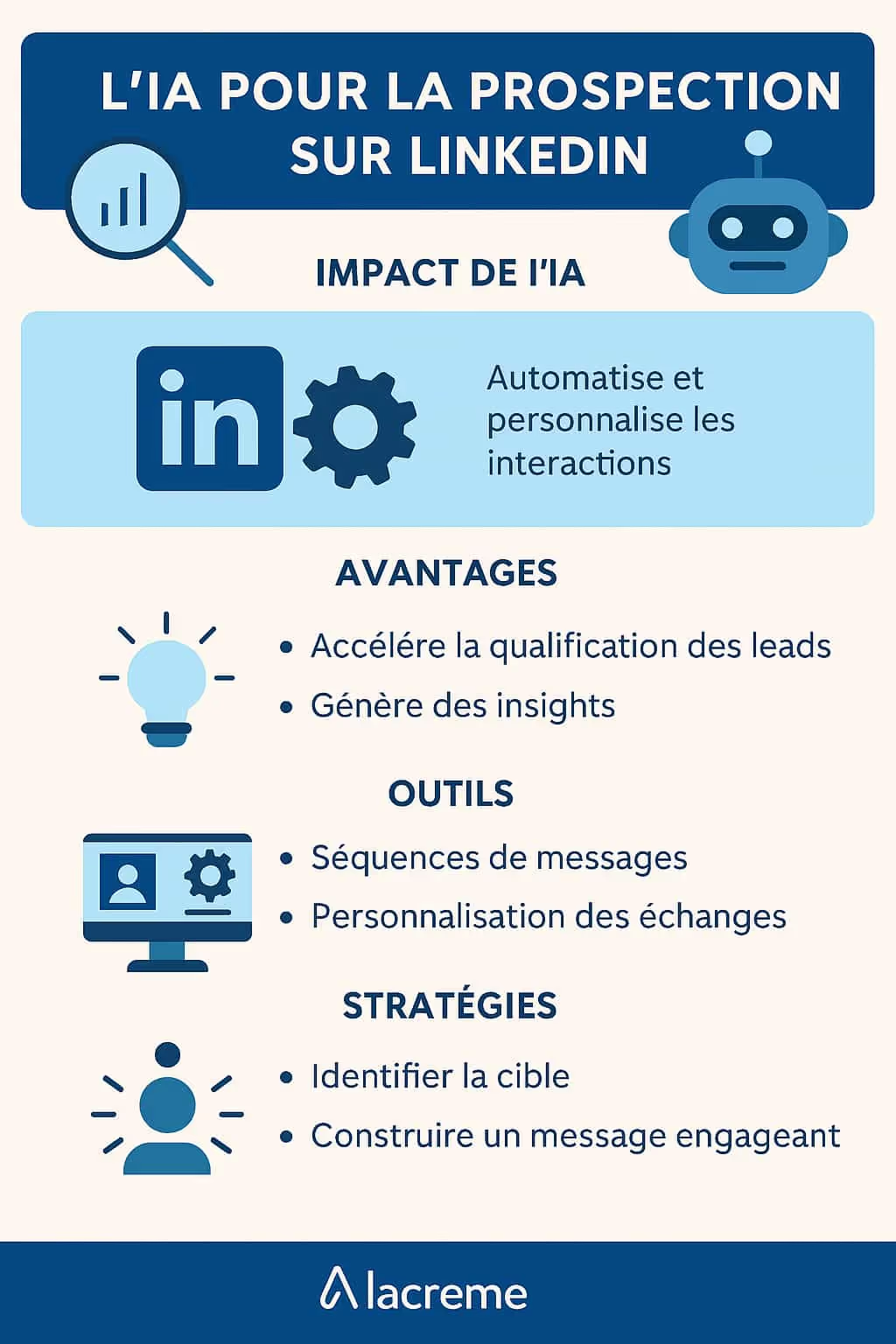The Essentials of Hardware Dedicated to Artificial Intelligence
What is AI hardware and why is it crucial?
Hardware dedicated to AI, or AI hardware, refers to all physical components — processors, circuits, storage devices — specially designed or optimized to run applications ofartificial intelligence. The specificity of these components lies in their ability to process large amounts of data and to perform complex calculations at high speed, which is essential for machine learning and big data processing algorithms. Without the right hardware, AI progress would be severely limited, as traditional infrastructures are generally not efficient enough to support the requirements of advanced AI models.
The key components of AI Hardware
At the heart of hardware AI are processors, among which graphics processing units (GPUs) stand out for their ability to perform parallel calculations that are crucial for deep learning and computer vision. In addition to GPUs, other components such as tensor-processing units (TPUs), specially designed by Google forartificial intelligence, or even modular FPGA (Field-Programmable Gate Array) chips, offer possibilities adapted to different AI needs. Fast-access storage devices such as SSDs (Solid-State Drives), advanced and high-performance memory systems, and ultra-fast network connectivity are also essential components of AI hardware.
Comparison between AI Hardware and Conventional Hardware
Unlike conventional hardware, which is designed for a wide range of computing applications and functions, the AI hardware is optimized for specific computation tasks related to AI, such as machine learning and predictive analytics. While traditional CPUs (Central Processing Units) execute instructions sequentially, GPUs and TPUs process data in parallel, allowing them to complete millions of operations simultaneously and dramatically reduce the time required for AI learning and inference.
Emerging technologies and AI hardware
Process graphs/Storage units (GPUs) and their impact on AI
GPUs are among the most significant innovations in AI hardware. Originally used in gaming applications and graphic design, GPUs have been adopted by the AI community because of their effectiveness in parallel optimization processes, which is particularly relevant for deep learning. NVIDIA, among other manufacturers, has played a leading role in this transformation by developing ever more powerful GPUs focused on running AI operations.
Neuromorphic chips and the future of AI
Neuromorphic chips represent an emerging class of AI hardware inspired by the structure of the human brain. These chips simulate the functioning of neurons and synapses, offering a more natural and efficient way of processing information for certain AI applications. Although this technology is still in its early stages, it suggests a future where AI can process complex cognitive tasks with an efficiency and energy comparable to that of the human brain.
Roles and implications of data centers in AI
Link between improved data centers and AI performance
Data centers play a critical role in providing the computing power and storage capacity needed for large data sets and AI applications. With the advent of cloud computing, data centers have had to evolve to accommodate AI hardware more and more specialized. These hardware improvements allow for an increase in AI capabilities, thus promoting breakthroughs in research and innovation.
The importance of GPUs in AI computing infrastructures
The integration of GPUs into data center computing infrastructures has profoundly changed the situation. It is now possible to achieve significant hardware acceleration for AI-related tasks, reducing model training time and increasing the efficiency of inference processes. Cloud providers such as AWS, Microsoft Azure, and Google Cloud offer instances equipped with GPUs to facilitate access to the compute-intensive resources required by AI.
AI hardware and its economic and social impact
How startups are innovating with AI hardware
The startup ecosystem is particularly dynamic in the field of hardware AI, with many young companies developing innovative solutions to meet the specific needs of various markets. These startups contribute to the development of custom chips, bringing significant improvements in terms of performance and energy efficiency and encouraging wider adoption of AI technology across various economic sectors.
The divide between hardware AI experts and novices
The increasing complexity and specialization of AI hardware is creating a knowledge gap between AI professionals and people less familiar with these technologies. As experts continue to innovate and push the boundaries of what's possible, novices may struggle to grasp the nuances and importance of the various components of AI hardware. It is therefore essential to promote education and training in this area to democratize access to these technologies.
The future horizons of hardware artificial intelligence
The era of robots and quantum processors
Future developments in AI hardware include the integration of autonomous decision capabilities into robots and embedded systems, as well as convergence with quantum technology. The development of quantum processors could open new horizons for AI computing capabilities, making possible advances in areas such as cryptography, molecular modeling, and the optimization of complex systems.
AMD vs Intel: The competition for better hardware AI
The race for supremacy in AI hardware has intensified with semiconductor industry giants like AMD and Intel vying for the market. Both companies are investing heavily in research and development to produce processors that are ever faster, more efficient and adapted to the growing requirements of AI applications. This competition promotes innovation and ensures the continuous progress of hardware AI technology, which is beneficial to the whole of society.






